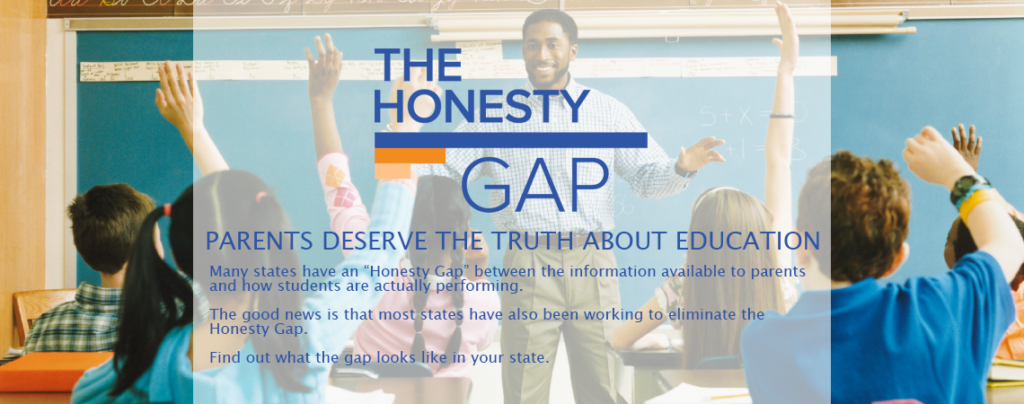Local news media is chock-full of reports on yesterday’s long-delayed release from the Murphy Administration’s Department of Education of last spring’s test results. The only two other states that haven’t released test results are Vermont–which didn’t actually give standardized assessments last spring so there’s nothing to release—and Maine, which switched vendors last year; according to FutureEd, it’s impossible to make longitudinal comparisons.
So, yes, New Jersey finally came clean on pandemic learning loss, although Murphy’s DOE didn’t bother giving the public access to school-by-school data, critical information for determining which interventions work best for kids. As JerseyCAN’s Executive Director Paula White points out, “To this day, we still need to find out which districts or schools are the beacons of light that we can learn from at this crucial time. This unacceptable time lag for information delivery minimizes our students’ efforts with their assessments and the work of our great teachers.”
Yet there is something to celebrate: the New Jersey Student Learning Assessments (NJSLA) are accurate representations of proficiency levels of our students. Often this isn’t the case. Indeed, in the past, with the exception of PARCC, the Garden State used tests that artificially inflate student achievement compared to the “gold standard” national tests called the National Assessments of Educational Progress, or NAEP, which is given every two years to representative samples of students in every state. When there is a discrepancy between state test scores and NAEP scores, that’s called an “Honesty Gap,” which the Collaborative for Student Success defines as misleading the public about whether students are actually meeting grade-level standards. The Collaborative’s Executive Director Jim Cowen explains the Honesty Gap is “the result of a lack of political courage from some policymakers that do not want to be truthful with parents that our students are not prepared for college or the workforce.”
So how do the (partial) results released yesterday compare to the most accurate test available?
Here’s a comparison of 2022 NJ NAEP results and 2022 NJSLA results in English Language Arts (ELA ) and math for fourth and eighth-graders:

As you can see from the graph, while student outcomes on NJSLA are higher for fourth and eighth-grade ELA than NAEP, most of our scores fall within range of being honest with parents and the general public about real student proficiency. (The exception is NJ’s eighth-grade math test, which may underestimate student proficiency.)
In other words, New Jersey is far more honest with the public than other states (except for, um, not releasing district-by-district results. When State Board of Education members asked when that information would be available at yesterday’s meeting, DOE staff refused to give a direct answer.)
Let’s look at Virginia, a state with a profound Honesty Gap:

As you can see, Virginia’s state tests artificially inflate student outcomes by as much as 40 points. That may make State Board of Education meetings crowd-pleasers but at the expense of giving dishonest information to the public, misleading them about whether their students are ready for college or the workforce.
So while we are correct to complain about New Jersey DOE’s inability to effectively oversee school districts and spearhead statewide initiatives to combat staggering learning loss (Murphy’s announcement of an initiative to deploy 5,000 volunteers to help students almost three years after school closed is too little too late), we can be proud of the accuracy of our state standardized assessments. New Jersey has closed the Honesty Gap. While student outcomes may not be pretty, at least they’re accurate.



